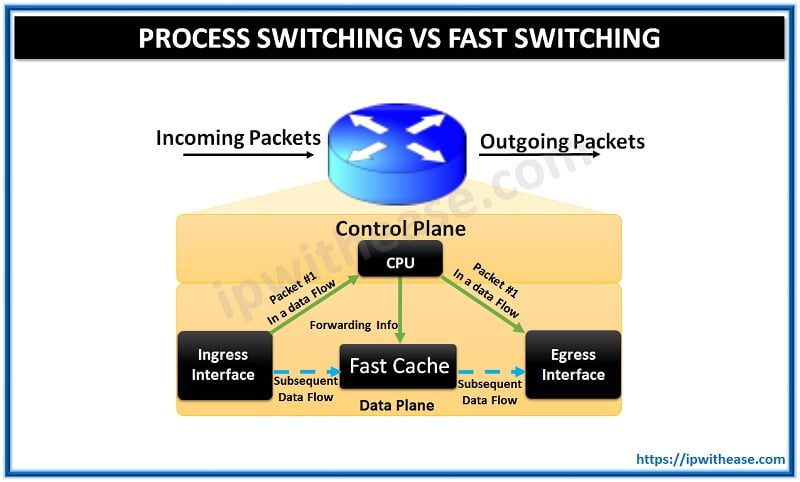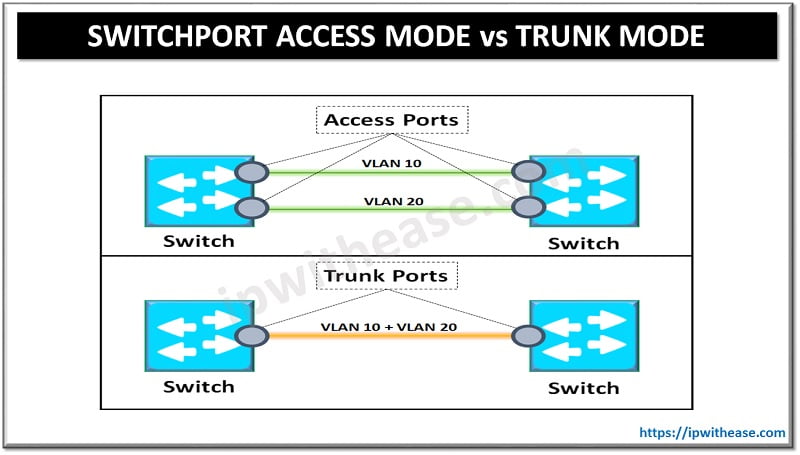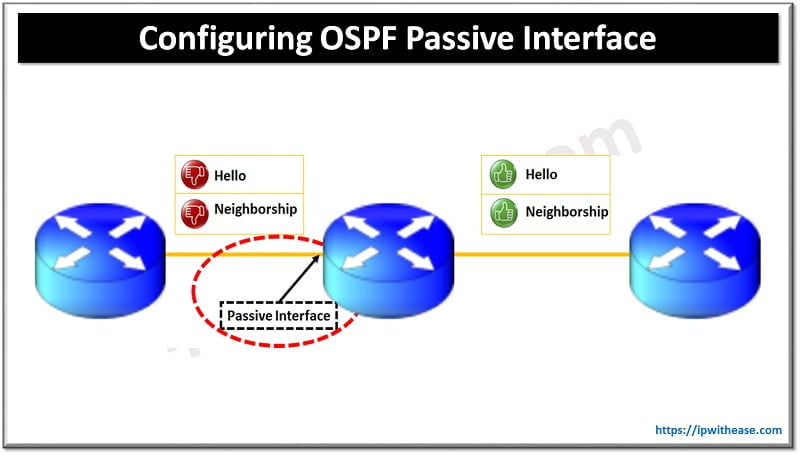Table of Contents
If you ensure you’re always up to date on the latest business tech, then you’ll likely know of SD WAN, or Software Defined Wide Area Network technology – it might sound complex, but it’s understandable if you aren’t quite sure what it means!
There’s plenty of conflicting reports and downright wrong information out there, and it’s easy to get confused about what this new tech is actually capable of – so we’re here to separate the facts from the fiction, and clarify exactly what implementing SD WAN can do for your company!
Understanding SD WAN
Before we get to what SD WAN can do for you, it’s best to understand how it works on a basic level first, starting with what Wide Area Networks are. Basically, a WAN is a series of devices connected over a geographical area of any size, from down the street to around the globe – even the internet is a WAN!
In terms of your own business, a WAN usually serves as an HQ that holds the servers and other main network infrastructure devices, in addition to a variety of branches, offices, cloud services, etc.
These locations will then individually be part of a LAN, or Local Area Network, that become a WAN when connected over the internet. The resources located at the central hub can then be accessed all across the WAN, so that storage, software, and other systems are universally accessible.
What can SD WAN really do?
SD WAN doesn’t actually exist to replace your WAN itself rather, it provides an overlay over your existing WAN that can be accessed through a piece of software and used to access more control options.
This software is compatible with all of the devices on your network, and can be used in place of the controls that usually require you to be physically with the hardware. This releases you and your IT team from the shackles of needing to be with your devices in person.
But aside from reducing the time and money your staff will have to spend on commuting to different offices, what can SD WAN do for your business? Let’s go over some of the lofty claims being put forward about this tech, and see how many of them are true…
Can replace MPLS
Lots of business owners who rely on a large number of applications to keep daily operations going are hoping to replace their expensive MPLS systems with SD WAN. Multi-Protocol Label Switching, a data carrying technique designed for high performance networks, functions by altering the paths certain types of data take down the network. This allows for higher priority traffic to reach its destination faster, meaning that important applications stay online.
SD WAN can provide a similar function with its managed Class of Service (CoS) system that also allows traffic to be prioritized, but it isn’t quite the same as MPLS. While SD WAN simply overlays the infrastructure, MPLS is an integrated part of your network, and thus allows for a much higher degree of control.
Though it seems unlikely that we’ll be turning away from hardware based solutions anytime soon, perhaps one day we’ll be able to shift away from our reliance on these expensive systems.
Can Improve SaaS
If you use Software as a Service (SaaS) applications across your WAN, then SD WAN can be useful, providing a central location that makes sure all of your satellite operations can access the same application with the same priority and speed afforded to the data. If you’re working regularly with real-time applications used by customers or end users, then it’s vital that they run to the best of their abilities.
Because SD WAN allows you to respond to issues that arise without the need for someone physically at the site, you can keep your business up and running at the most crucial moments. This may not be helpful if you don’t rely on SaaS applications, but if you do, then SD WAN could be hugely beneficial.
Can Help To Manage Bandwidth and Traffic Priority
You may have heard from SD WAN providers that this technology can provide better quality of service than traditional WAN management methods – but this might just be marketing tactics from those who’ll benefit more from you implementing SD WAN than you will!
Though SD WAN solutions might be able to help with quality of service, you’ll probably be able to access similar tweaks without this technology. You’re probably better off ensuring that your current network is as efficient as possible before you introduce any other solutions – while SD WAN can be helpful, making improvements tends to be most effective at a hardware level.
Can Provide Immediate Expansion to New Sites
If you’ve ever had to deal with the painful process of getting a new site online and onto your network, the idea of making this whole situation instantaneous is definitely appealing! But unfortunately, this might just be a pipe dream.
We’ve already made it clear that SD WAN only configures hardware rather than replacing it; if you don’t have the hardware in place, then it has nothing to overlay. If you have a connection in place then SD WAN, but without this, there’s not a lot that can be done.
Also Read: Benefits of SD-WAN
Business Benefits of SD WAN
Because every business is different, you can guess that every business’s network requirements are different too. While some of the points we just went over could be highly pertinent to your needs, you might also find that you have totally different requirements that need to be met.
It’s a good idea to talk to a specialist SD WAN provider if you want to learn a little more about the nuances of SD WAN, and whether it could be a good fit for your business. Of course, this is dependent on how your network is currently being run – if, for instance, you’re already employing the help of a capable Managed Service Provider who are staying on top of your network needs, you might not get much from introducing SD WAN.
On the other hand, if your IT team is being forced to go back and forth between sites, you’ll likely make them very happy by implementing a system that does away with the need to be with the devices in person!
Continue Reading
ABOUT THE AUTHOR
IPwithease is aimed at sharing knowledge across varied domains like Network, Security, Virtualization, Software, Wireless, etc.



